MARC HAUSER, VISIONS OF HIS CAREER
An Exhibition of Marc Hauser's Photography
October 1 - December 4, 2015
MARC HAUSER, VISIONS OF HIS CAREER:
CUBA-1983 AND SCENES OF AMERICAN LIFE
To open the fall art season, Madron Gallery will host a two-part exhibition displaying the work of visionary photographer Marc Hauser.
CUBA-1983
The first part of the show will feature a collection of pictures shot in Cuba that haven’t been seen since 1983, when a Chicago restaurateur hired Hauser to travel to the communist country and take photographs to be featured in a Cuban and cigar-themed restaurant. Because of severe travel restrictions imposed by both the United States and Cuban governments, he had to first fly to Mexico and obtain a Mexican passport, then take a Soviet airline from Mexico to Cuba. In Hauser’s own words: “When I got there, I stayed at the Hotel Nacional and spent a week in Havana taking photos of street scenes and the Partagas Cigar Factory, the most famous cigar factory in Cuba. We needed a tour guide to get around and secured one through Castro’s administration. I’ll never forget the guide telling us, ‘If you can’t speak Spanish, keep your mouth shut.’ I remember the poverty everywhere and no commerce.”
When Hauser returned to Chicago, he crafted four-by-six-foot silver prints from the negatives shot on the Cuban trip, and the photos were hung in the restaurant. After the restaurant closed in the mid-1980s, the whereabouts of those pictures became a mystery. The photographs in this exhibition were printed from the same negatives shot in 1983: this is the first public display of any of these images since the restaurant closed. These photographs serve as a post-revolution time capsule from our close neighbor to the south with whom we have had little contact over the last half century.
All of the Cuban pictures and most of Hauser’s classic images were shot with natural light or a single light source, but this alone is not what makes his photographs so compelling. As Hauser said in a 1985 Chicago Reader interview: “What makes my photographs is not the technical part. I’m no technician. What makes my pictures is me. People come in to see me, and I break down their walls. They open up and show that little sparkle in their eyes, or whatever’s in their eyes.” There is, indeed, much of Hauser in every picture he has taken, especially in these Cuban scenes.
SCENES OF AMERICAN LIFE
The second part of the show combs Hauser’s extensive archives for selected images from across America.
The Cuban pictures were shot in 1983 and they appear older and more sorrowful then pictures that were shot thirty years ago. Their vintage quality exemplifies Cuba’s isolation from the rest of the world. At about the same time he shot the Cuban pictures, Hauser was in the midst of photographing iconic scenes of American life that would showcase the materialistic transformations in our country during the 1970s and 1980s. Part of this series, his celebrity photographs always appear bright, fresh and personal. The Woody Allen image, for which Mr. Allen allowed Hauser to take only two shots and which ended up as a Canadian magazine cover, is a perfect example of the simplicity of natural light and showing Hauser’s gift of depicting a sitter’s inner soul. The pictures of rock singer John Mellencamp’s Scarecrow album cover were also shot in natural light at Mellencamp’s farm in Indiana over the course of a week. The penetrating portraits of singer Patti Smith were shot with a single light source and speak volumes about her offbeat character and her eccentric personality. His list of celebrity clients fill many pages.
Hauser is more than just a celebrity photographer. His photos of everyday people and everyday objects contain just as much intensity as his celebrity work. For instance, his portrait of an adolescent Boy Scout displays as much personality as a celebrity picture. The image of the old men on the boardwalk at Coney Island shows activity and communication in a still photograph. From this photograph we get a sense of Hauser’s ability to capture the essence of random people’s lives. There is a palpable sense of isolation in the picture of the Airstream trailer parked at the beach on a bright gray day, even with the Chicago skyline in the background. Hauser’s pictures of everyday street scenes also capture the personality of the moment even when they are void of human life.
Hauser is a master of natural and single-source lighting photography. Alfred Stieglitz, one of the pioneers in elevating photography to an accepted art form, frequently used natural or simple lighting and once wrote that in photography “there is a reality – so subtle that it becomes more real than reality.” We find that Hauser’s work frequently comes across as “more real than reality,” and trust that you will have a similar experience. It is our privilege and our pleasure to host this exhibition in our Chicago gallery.
Click to download a catalog of thumbnails.
Note: Images on this page may be cropped. This page and thumbnail contain only a partial sample of our Hauser inventory.
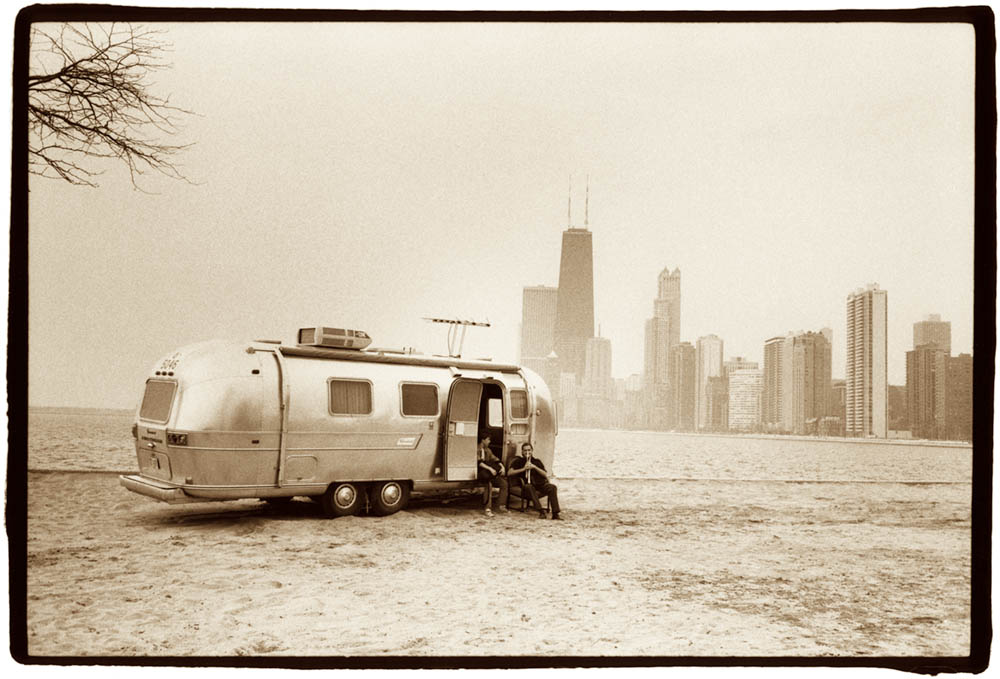
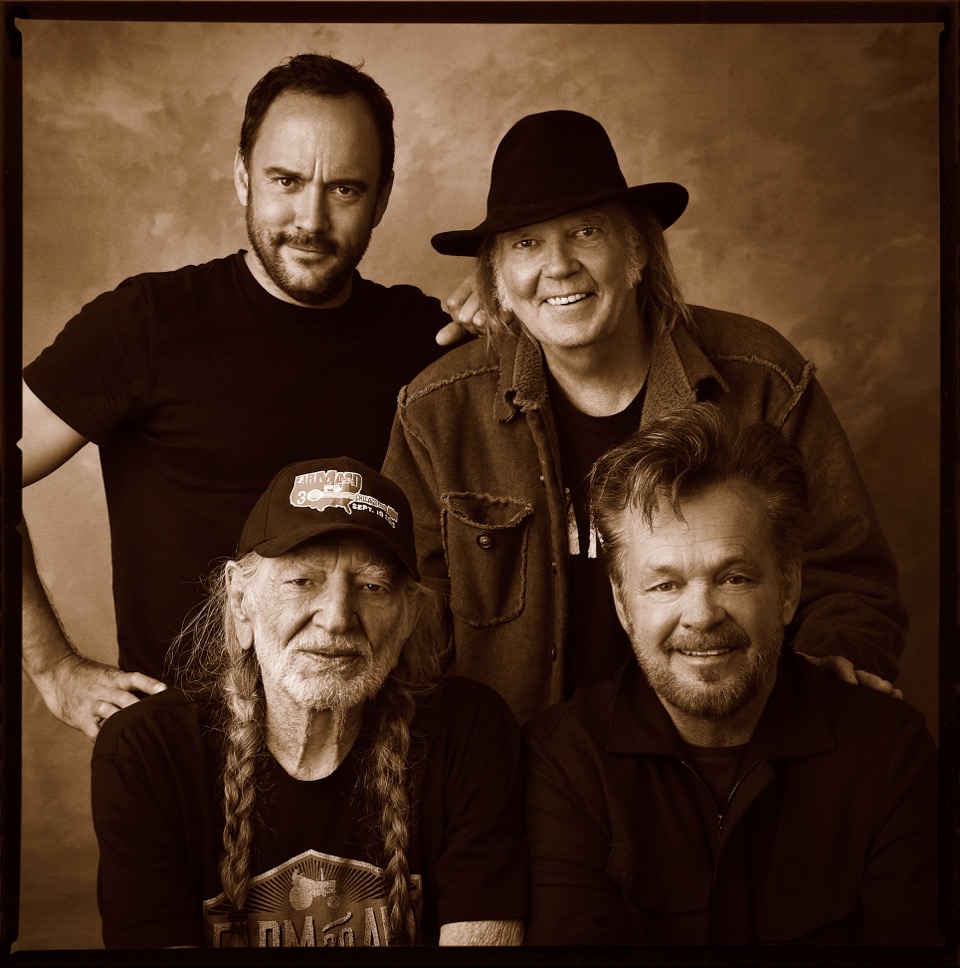
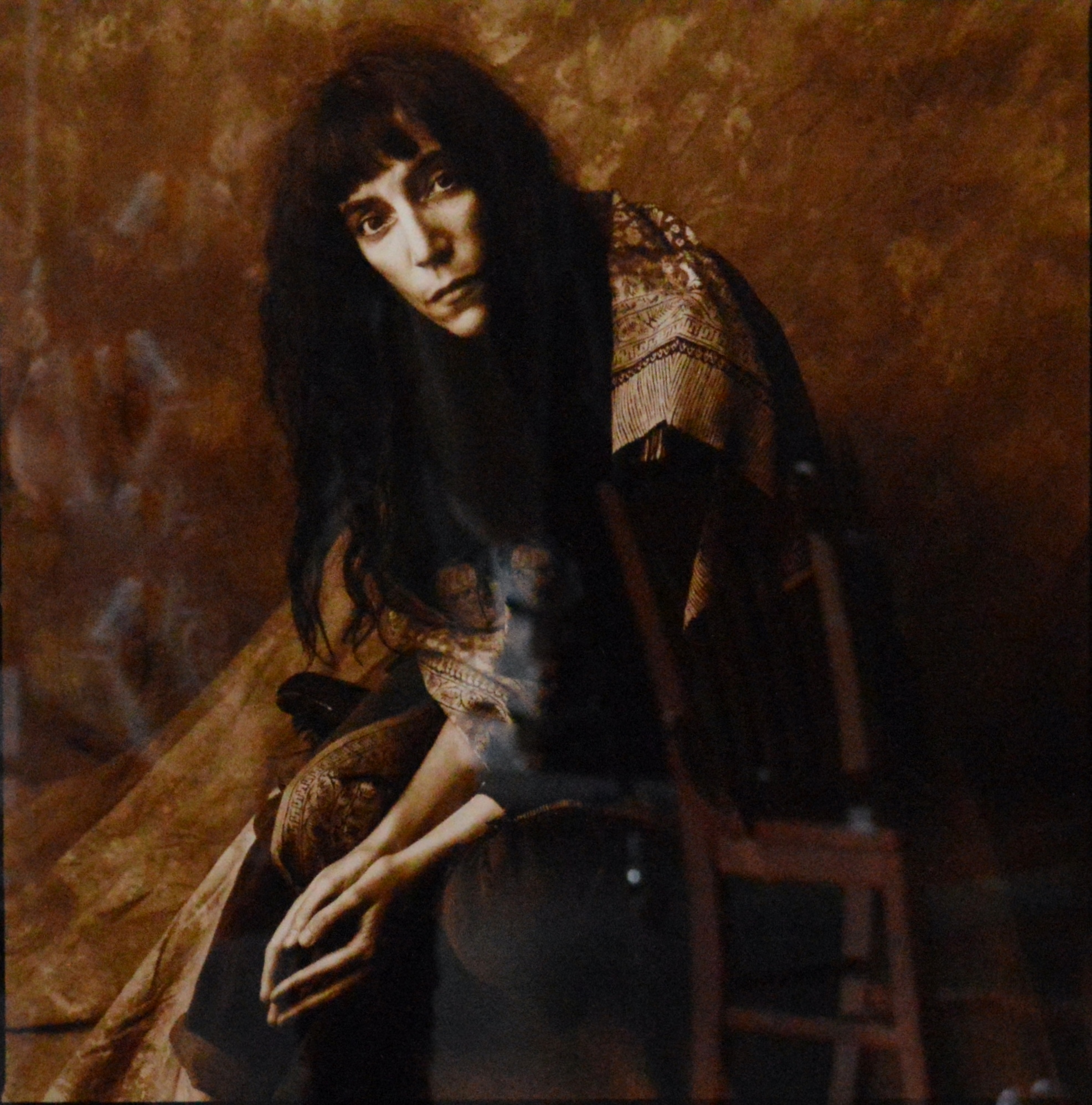
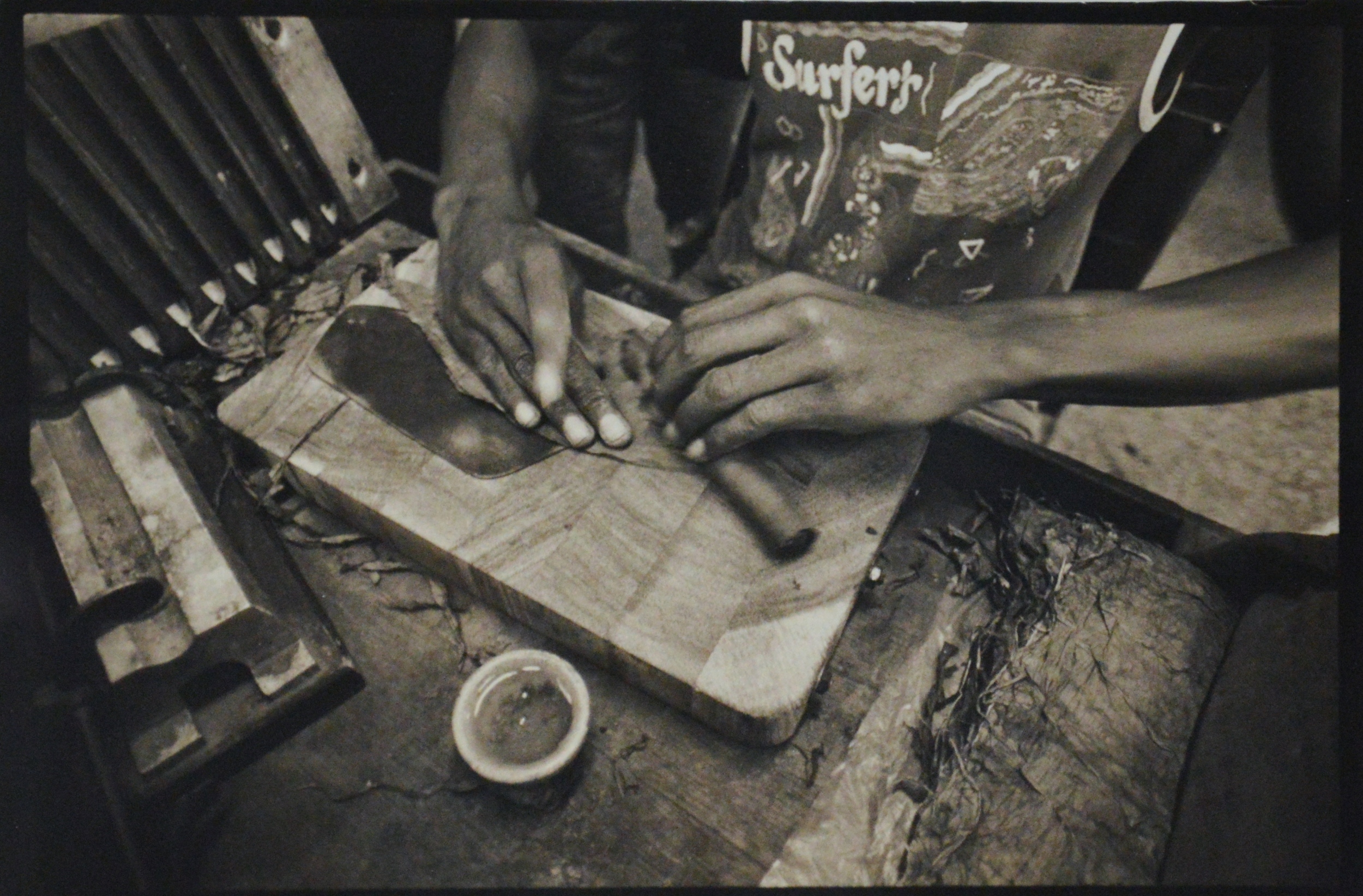
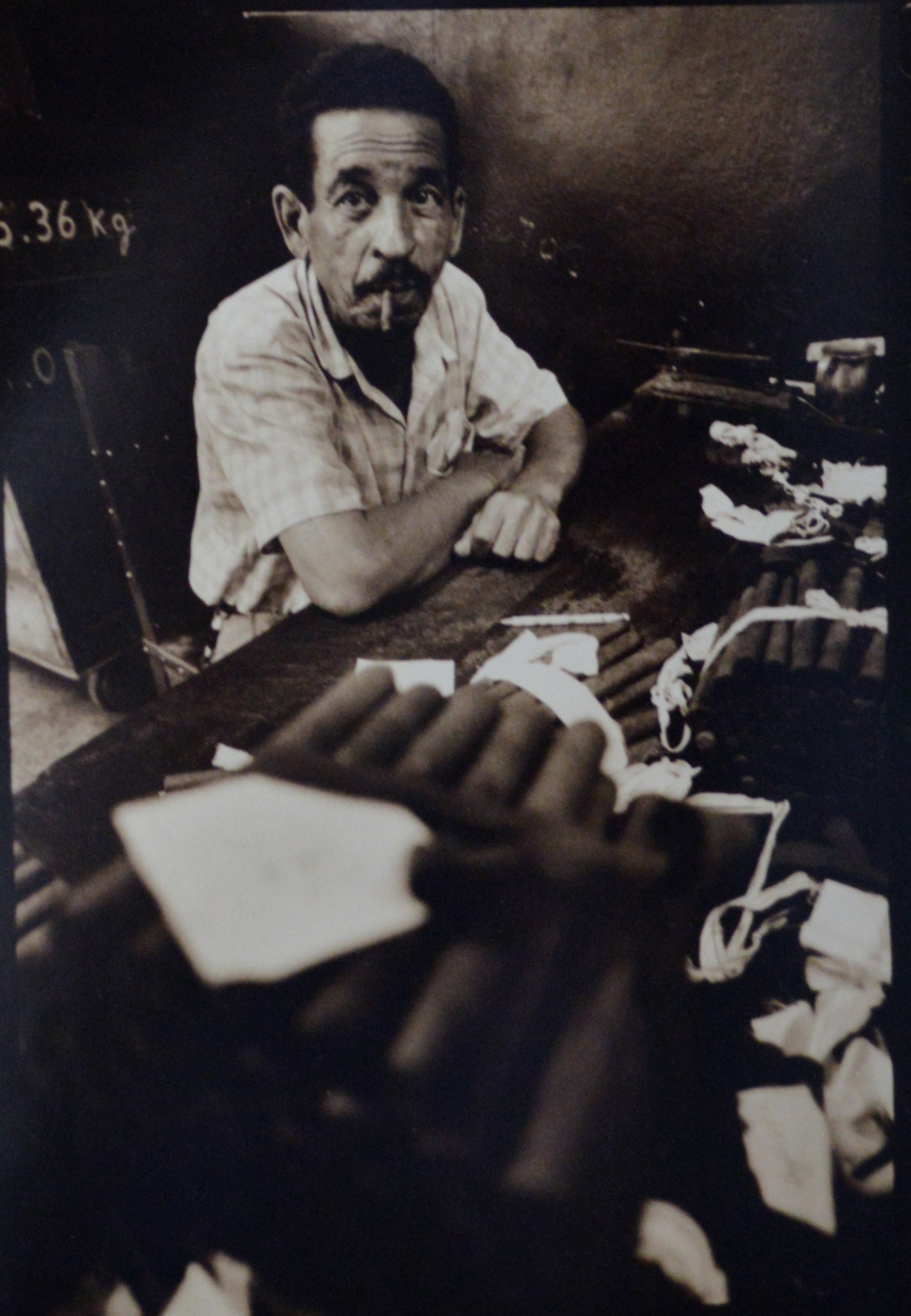
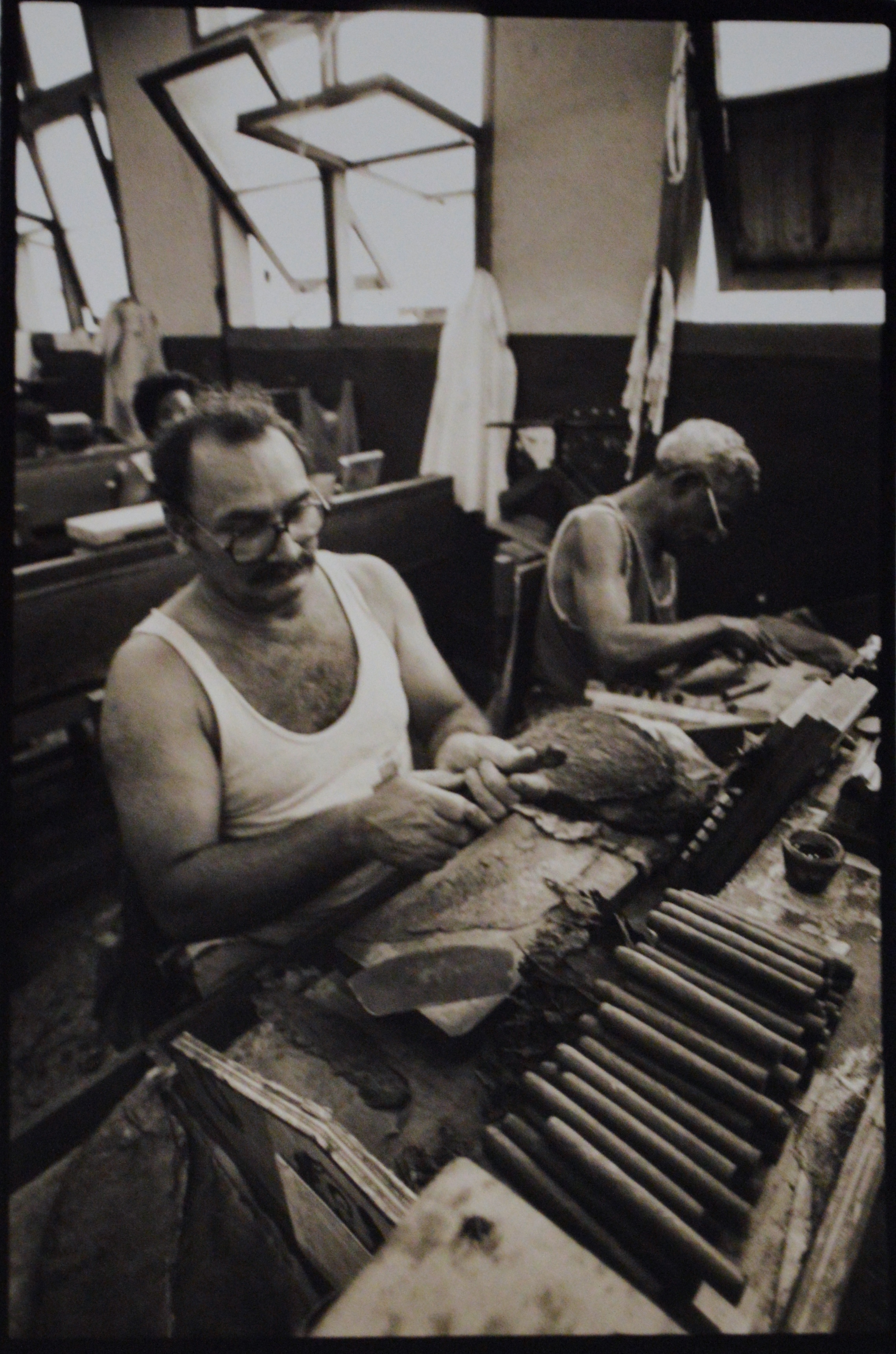
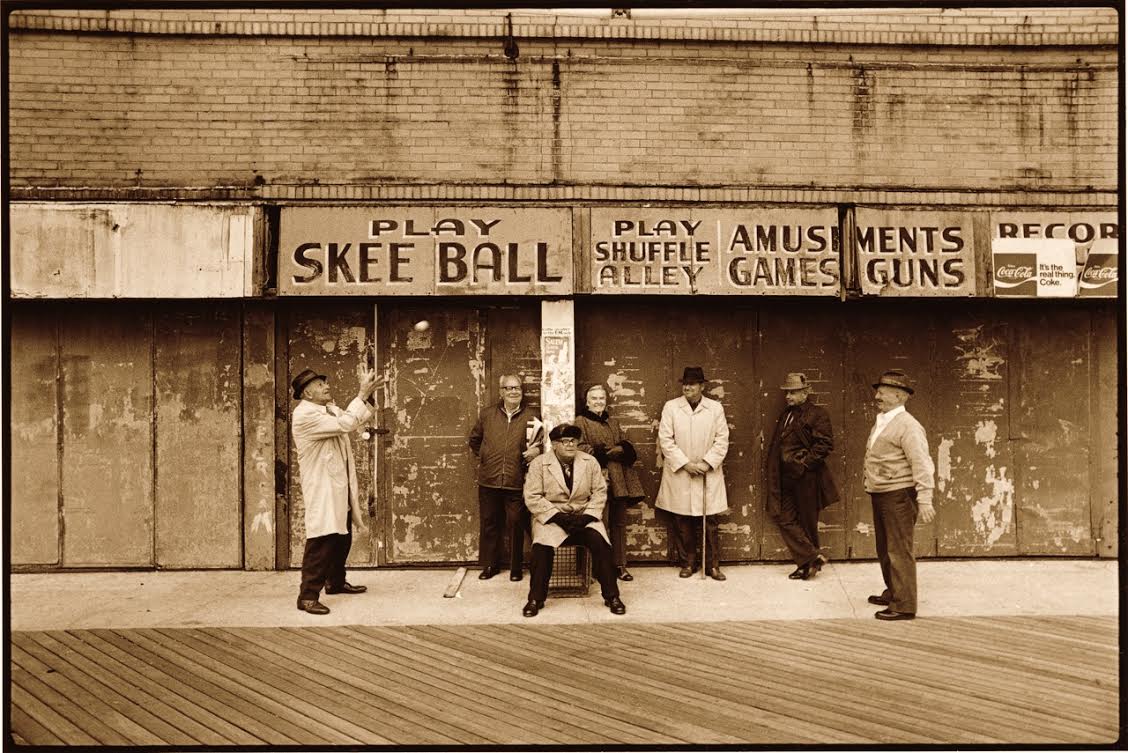
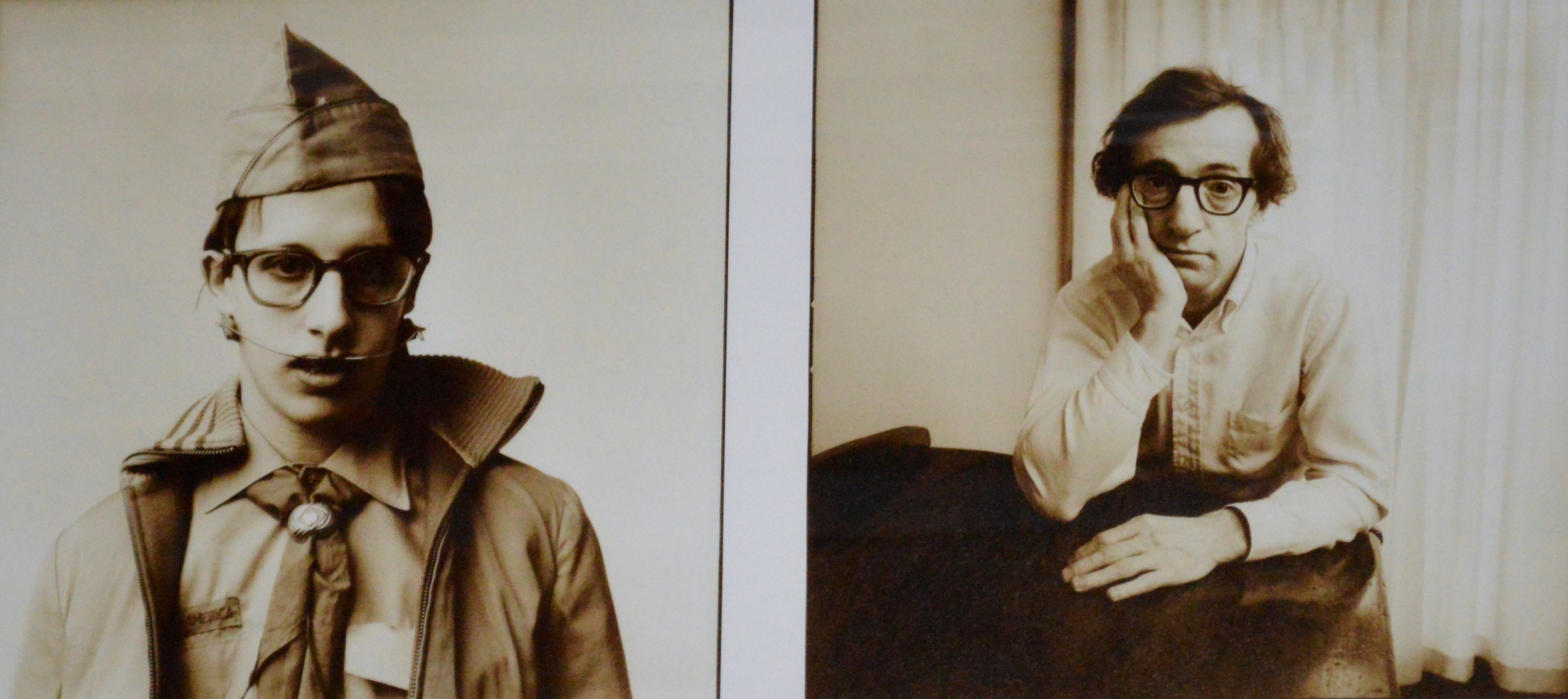

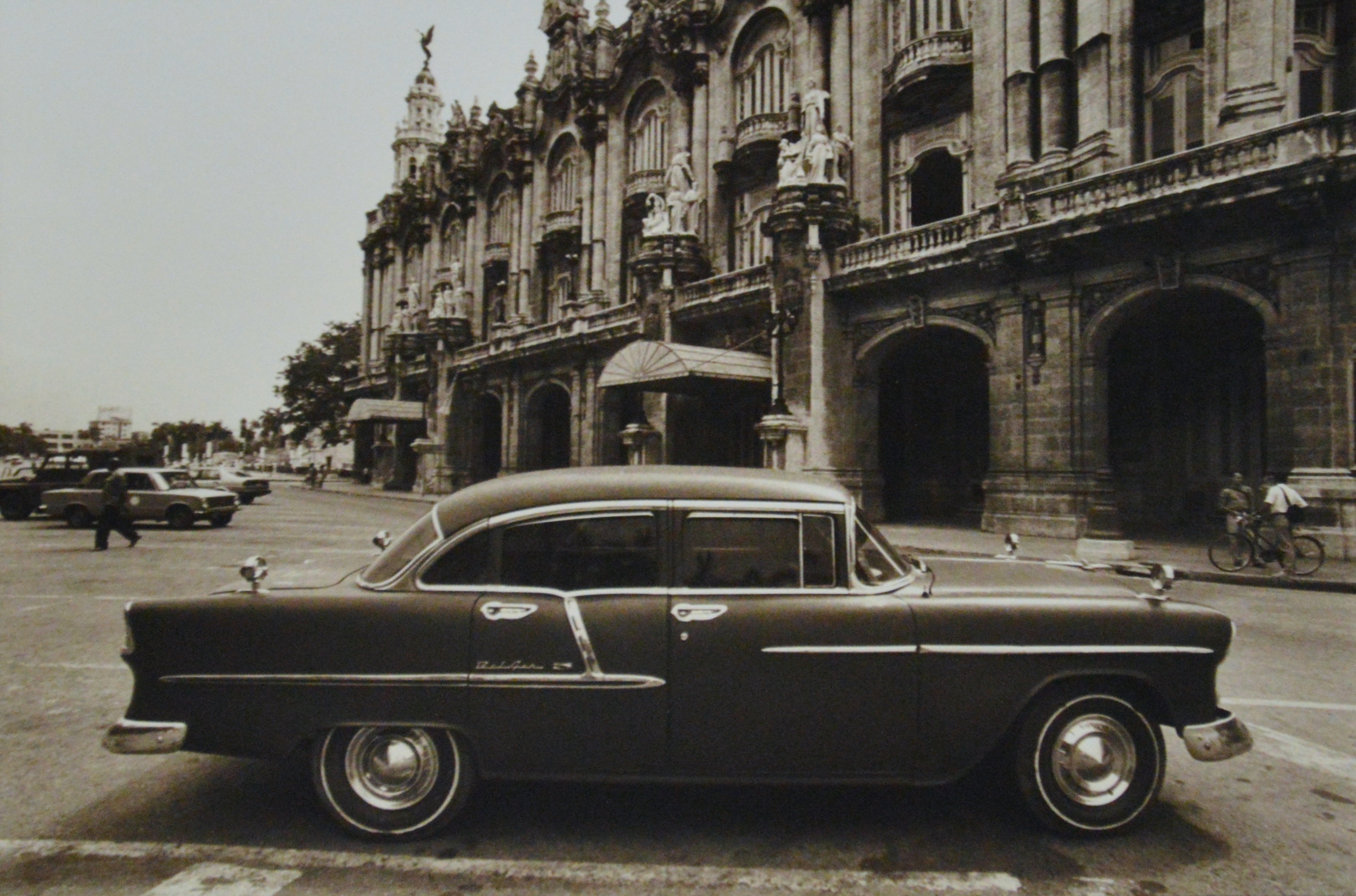
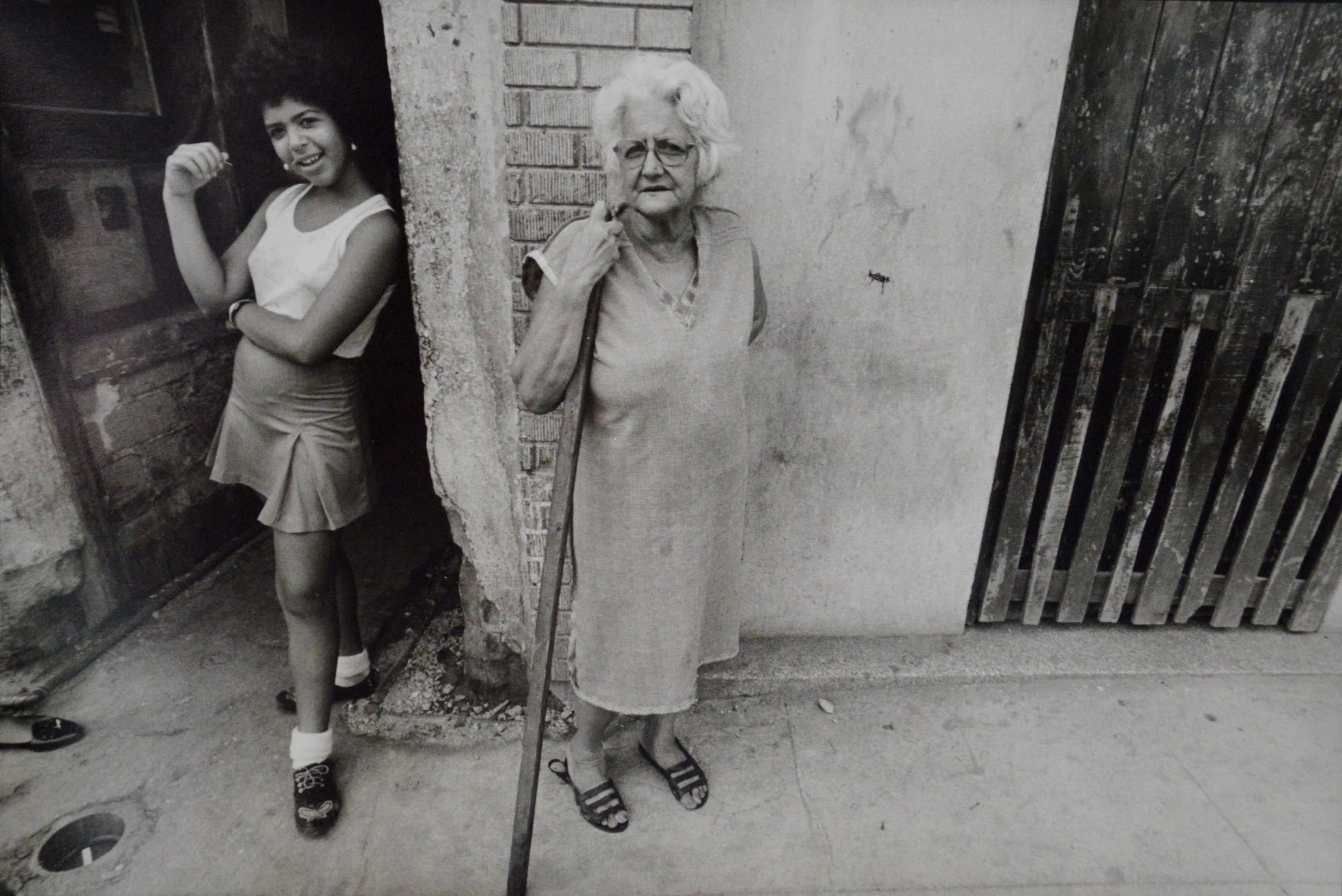
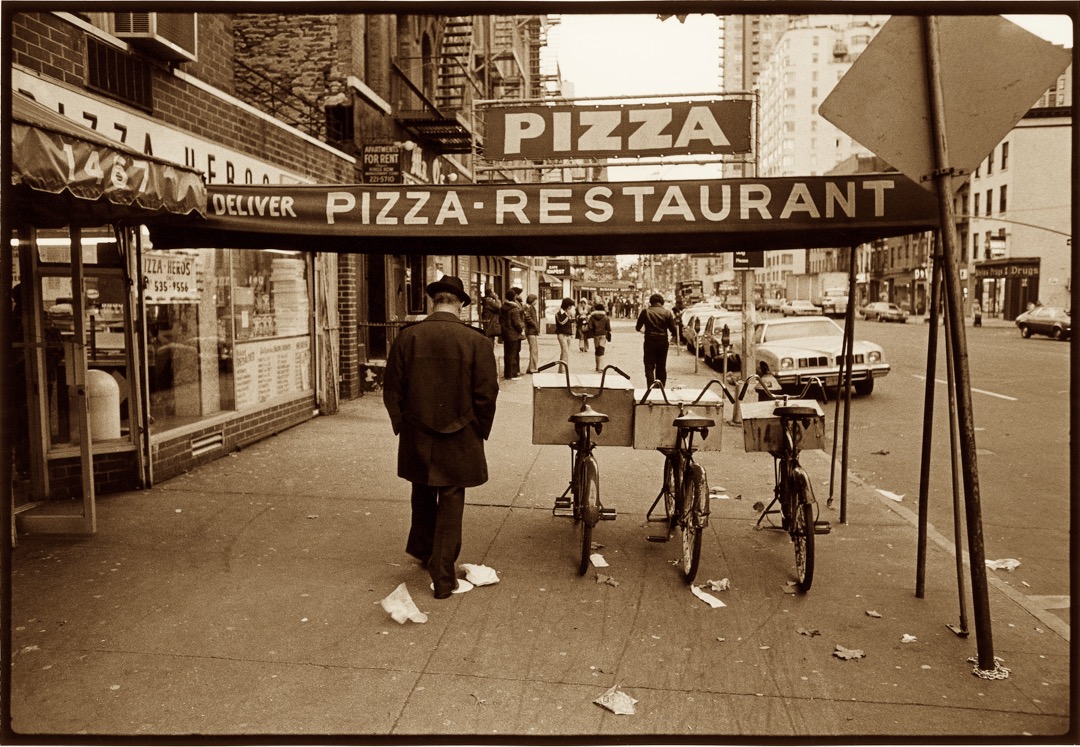
Note: Images on this page may be cropped. This page and thumbnail contain only a partial sample of our Hauser inventory.
